

A Significant Resistor
Catalog
Concept of ResistanceWhat Is a Resistor?Why Use Resistors?What Is the Function of a Resistor?How Does a Resistor Work?Frequently Asked QuestionsWhy is a resistor needed in a circuit?Related ArticlesConcept of Resistance
Initially, let's discuss the properties of conductors and insulators. Essentially, conductors permit the flow of electric current, whereas insulators prevent it.This is a fairly simple point of view, as there are many others. For example, air is usually an insulator, but when the voltage is high enough, it becomes a conductor, like lightning in a thunderstorm. Consequently, air exhibits a form of 'opposition' to electric current, which is what we refer to as electrical resistance.
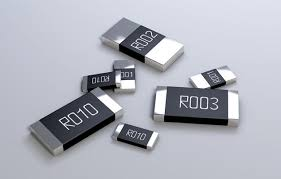
Resistor
What Is a Resistor?
A resistor is an electronic component that stops the flow of electrons in a circuit. In most conversations about resistors, we're typically discussing fixed resistors that have a predetermined, unchanging resistance. These static resistors are classified as passive elements, which implies that their primary function is to dissipate energy. In circuit diagrams, resistors are shown either as rectangles conforming to international standards or as wavy lines in the US version.The capacity to impede the movement of electric current is termed electrical resistance, measured in units of ohms (Ω). This unit is named in honor of Georg Simon Ohm, a renowned German physicist.
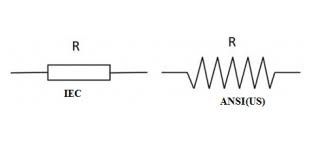
How to show
A resistor is a two-terminal electronic component that creates resistance to the flow of current. Current can be thought of as electrons flowing between the two ends of a current source, and a resistor acts as a kind of barrier to the flow of current.By placing a resistor between the currents, the current between the two ends is reduced (controlled). A resistor can be thought of as a current reducer.
Why Use Resistors?
You may ask, why reduce the current? Isn't it paradoxical that using resistors wastes the potential of the flowing current?There are several reasons for this. A simple instance is what happens when we power an LED, which is very sensitive to the current flowing through it. If too much current flows through the LED, it will burn out and stop working. Resistors help us to reduce the current flowing through the LED.
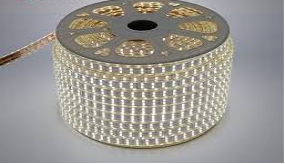
the LED
In addition to the above application (i.e., current reduction), resistors can also be applied for the following purposes:
Heat generation: Resistors consume some energy in the form of heat dissipation to reduce the current. Therefore, resistors can be used when a reliable and controlled heat source is required.
Pull-Up and Pull-Down Voltages: In digital circuits, even a small electrostatic charge can cause unpredictable reactions. Resistors can prevent incorrect operation by pulling up or down voltages at any point in the circuit.
What Is the Function of a Resistor?
Resistors regulate the current flow within a circuit. Constructed from materials like copper or carbon, these components hinder the passage of electrical charge through the circuit. The carbon resistor is the most prevalent type, serving as a versatile option ideal for circuits with low power requirements. Other common varieties include film and wire-wound resistors. Integral to a vast array of electronic circuits, resistors find applications in numerous contexts.
To guard against voltage surges, resistors can shield components from the damaging effects of voltage spikes. In the absence of resistors to manage current flow, high-current-sensitive components like LED lights could be compromised. Furthermore, fuses and circuit breakers can also be employed to safeguard your circuits against voltage surges.
Supply the correct voltage. Resistors are crucial in electrical circuits as they maintain the correct voltage for components by inducing a voltage drop, and they also safeguard components against voltage surges. Every element in a circuit—be it a light bulb or a switch—needs a precise voltage level. When a component demands a lower voltage than the rest of the circuit, a resistor is used to create a voltage drop, preventing the component from being overvolted. The resistor achieves this by impeding the flow of electrons, thus slowing them down. Overvoltage can lead to component malfunction or damage. When transitioning from incandescent to LED turn signals, it's necessary to include an LED load resistor for each light to ensure proper function. This resistor ensures that the LED signals blink at the correct rate by creating a voltage drop. Without it, the LED signals would blink too quickly and could be destroyed due to the excessive voltage.
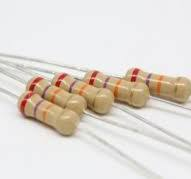
Resistors
How Does a Resistor Work?
Individuals who design electrical or electronic circuits for specific tasks frequently require the incorporation of exact levels of resistance. This can be achieved by incorporating minuscule elements known as resistors. A resistor serves as a compact source of resistance: by integrating it into a circuit, the current flow is diminished by a calculated degree. Externally, resistors generally appear quite similar. A resistor is a brief, cylindrical component adorned with colored bands along its length. It features two terminals, one at each end, allowing for its connection within a circuit.
Inside a resistor, what's happening? If you were to crack open a resistor and remove the protective layer of insulating paint, you'd likely find an insulating ceramic rod at the core with copper wire coiled around it. Such a resistor is known as a wire-wound type. The resistance is finely tuned by the number of copper coils: greater the number of turns and the thinner the wire, the greater the resistance. For resistors with lower values, intended for use in low-power circuits, the copper coil is often substituted with a carbon spiral pattern, creating a carbon-film resistor. These are more cost-effective to produce. Typically, wire-wound resistors offer greater accuracy and maintain stability at higher operating temperatures.
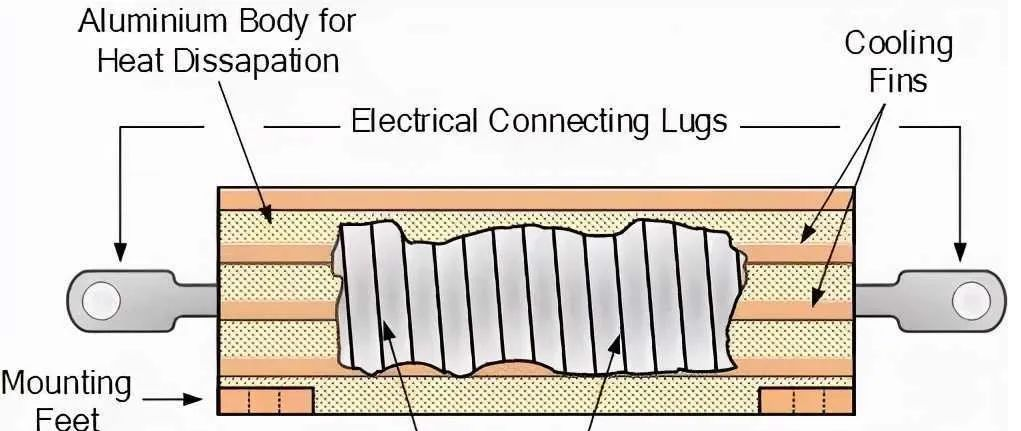
Electrical connecting lugs
Although they might be diminutive and frequently integrated into other elements, resistors play a crucial role in nearly all electrical systems. These inconspicuous resistors are vital as they regulate the electrical current to delicate parts and safeguard these parts from voltage surges. Thus, the next occasion you activate your air conditioning unit or your latest LED lamp, bear in mind that a resistor is diligently at work to shield your components and guarantee their proper operation.
Frequently Asked Questions
How does resistors work by a brief overview?
A resistor is an electronic component used to limit or regulate the current in an electronic circuit. Resistors are also employed to deliver a precise voltage to active components, including transistors.
How does a resistor reduce current?
Resistors restrict the flow of electrons through a circuit by providing resistance, thereby reducing the flow of current.
How can I explain to my child what a resistor is?
What is a resistor? A resistor is an electrical component within a circuit that offers opposition to the flow of current or regulates the current passing through the circuit.Resistors also help reduce or slow the amount of current flowing in a circuit.
How do you read a resistor?
Resistors can have between three and six color bands on the body of the resistor, with four bands being the most common variation. The initial bands on a resistor typically indicate the numerical value of its resistance.Then there are the octave bands that represent the decimal point moving to the right or left.
What is the basic meaning of resistor?
A resistor is a passive two-wire electronic component that uses resistance as a circuit element.In the realm of electronics, resistors serve multiple purposes in circuits, including limiting current flow, modifying signal strength, separating voltage levels, biasing active devices, and ending transmission lines.Where are resistors placed in a circuit?
Since the function of the resistor is to restrict the flow of electrons throughout the circuit, the resistor can be placed anywhere in the sequence of components (in series).
Why is a resistor needed in a circuit?
The name itself explains its function. When a resistor is installed in a circuit, the current flowing through the resistor is reduced. Some of the current energy is dissipated in the resistor as heat, thus reducing the overall current.
How do you use a resistor to reduce current?
Increasing resistance reduces current. By arranging resistors either in series or in parallel, the overall resistance increases, consequently reducing the flow of current. On the other hand, when resistors are connected in parallel, the overall resistance is reduced, leading to an increase in the current flow.
Related Articles
How To Read Resistor Color Code
What Ballast Resistor is and How It works
What Is a Resistor? & How it Works
What is a Load Resistor? [Everything You Need to Know]
Introduction to Variable Resistors: Construction, Types and Applications
Subscribe to JMBom Electronics !













